 November
04
November
04
Tags
Buried History: Tutankhamun
On the 4th of November 1922, British archaeologist Howard Carter (1874 –1939) and his team found the entrance to the 14th-century BC Pharaoh Tutankhamun’s tomb in the Valley of the Kings in Luxor, Egypt. This little known pharaoh ruled in the 18th dynasty (ca. 1332 BC – 1323 BC) during the Egyptian New Kingdom period. He ascended to the throne at the age of nine and reigned for 10 years, in which he married his half-sister who bore his twin daughters, both stillborn and buried alongside him in the tomb. The king is thought to have had powerful councillors, particularly his vizier Ay, whose role was to advise, as well as calm his young temper. As a product of an incestuous relationship himself (his mother was one of his father’s five sisters), Tutankhamun suffered genetic defects which caused physical disabilities during his life, i.e. he walked with a cane. Thorough DNA research concluded that the cause of his death was a combination of malaria, epilepsy and an infected broken leg. His mummy still rests in the Valley of the Kings and the treasures found in his tomb are held in Cairo Museum, which frequently lends them to international exhibitions.
It appears that the location of Tutankhamun’s tomb had been entirely lost and forgotten in his day, buried underneath stone chips from subsequent burial sites, discarded or washed over by floods and covered with buildings such as workers’ huts. When Carter first arrived in Egypt in 1891, most of the ancient Egyptian tombs had been found, though the whereabouts of the obscure Tutankhamun were still a mystery. After WWI, Carter re-commenced intensive digging and after three years of fruitless searching, he eventually came across some steps leading to a burial room within the debris close to the entrance of Ramses VI’s tomb – in the final season ever funded by his employer Carnarvon . Three weeks on, Carter was in the position to get closer to the hidden treasure – the interior chambers of the tomb, which, to his surprise, were perfectly preserved, unlike those of previous pharaohs’ in the area. Carter wrote in his diary:
It took several years and phenomenal excavation efforts to carefully unearth the contents of the four rooms of the tomb: over 3,000 different objects. The most spectacular of all was a stone sarcophagus containing three coffins nested within each other; the final one, made of solid gold, contained the mummy of the boy-king Tutankhamun, preserved for more than 3,000 years. A bitter battle broke out between Carter, Carnarvon and the press over the rights to cover these discoveries, but only Lancashire journalist H.V. Morton of the Daily Express managed to scoop the official Times correspondent during the coverage of the opening, bringing to the very excited public a full first glimpse of the ancient wonders. Here is what Morton wrote in an article in the Daily Express on Tuesday, 13 February 1923:

Informal portrait of Howard Carter (the archaeologist) standing with a book in his hand next to a train at a station in Chicago, Illinois. (Photo credit: Wikipedia)
“The romantic secret of the tomb of Pharaoh Tutankhamen in the Valley of the Kings at Luxor was revealed yesterday when, for the first time in 3,000 years, the inner chamber of the tomb was entered. Every expectation was surpassed. Within the chamber stood an immense sarcophagus of glittering gold, which is almost certain to contain the mummy of the king. Wonderful paintings, including that of a giant cat, covered the walls. A second chamber was crowded with priceless treasures. … Tutankhamen’s face cream and perfumes have been found. … they were discovered the other day at the bottom of a box covered with linen. In each of several little pots was a hard substance which, when placed in the sun, melted, giving off a very faint aromatic odour. After a lapse of thirty centuries men smelt the cosmetics which must have scented the royal palace of Thebes, now merely a mound on the edge of a desert haunted by jackals. It is strange to think that a modern girl could use perfumes which delighted the heart of Pharaoh or Queen Ankhesenpaaten 3,000 years ago.”

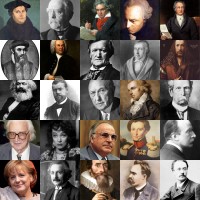


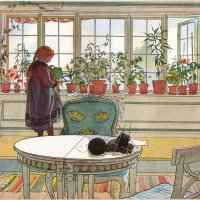
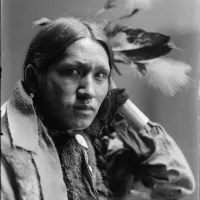
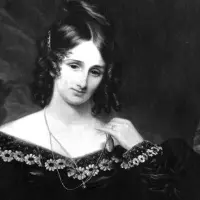
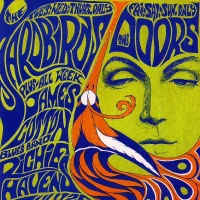
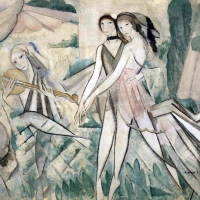
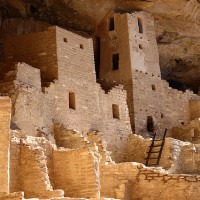
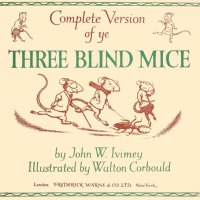
Pingback: November 4, 1922 Entrance to King Tut’s tomb discovered | Craig Hill
Pingback: Archaeologist Howard Carter open Tutankhamun’s Tomb on Nov 26,1922. « NROER
Pingback: Egyptian tombs discovery | Dear Kitty. Some blog
Reblogged this on The United Connection.
LikeLike
Reblogged this on http://www.seanmunger.com and commented:
ArtLark does it again with another great article, this one about the discovery of Tutankhamen’s tomb back in 1922. The story of Howard Carter’s excavation of the tomb–and the many mysteries that still remain about the boy king who lived thousands of years ago–are among the most interesting and epic in the history of archeology. I did my own article (back in 1920s History Week) about the impact this discovery had on popular culture. But the original story is fascinating in its own right. Great job!
LikeLiked by 1 person
Important and wonderful post. Thank you!
LikeLike
Pingback: Buried History: Tutankhamun | A R T L▼R K | First Night History
What wonderful history! Very interesting article
LikeLiked by 1 person